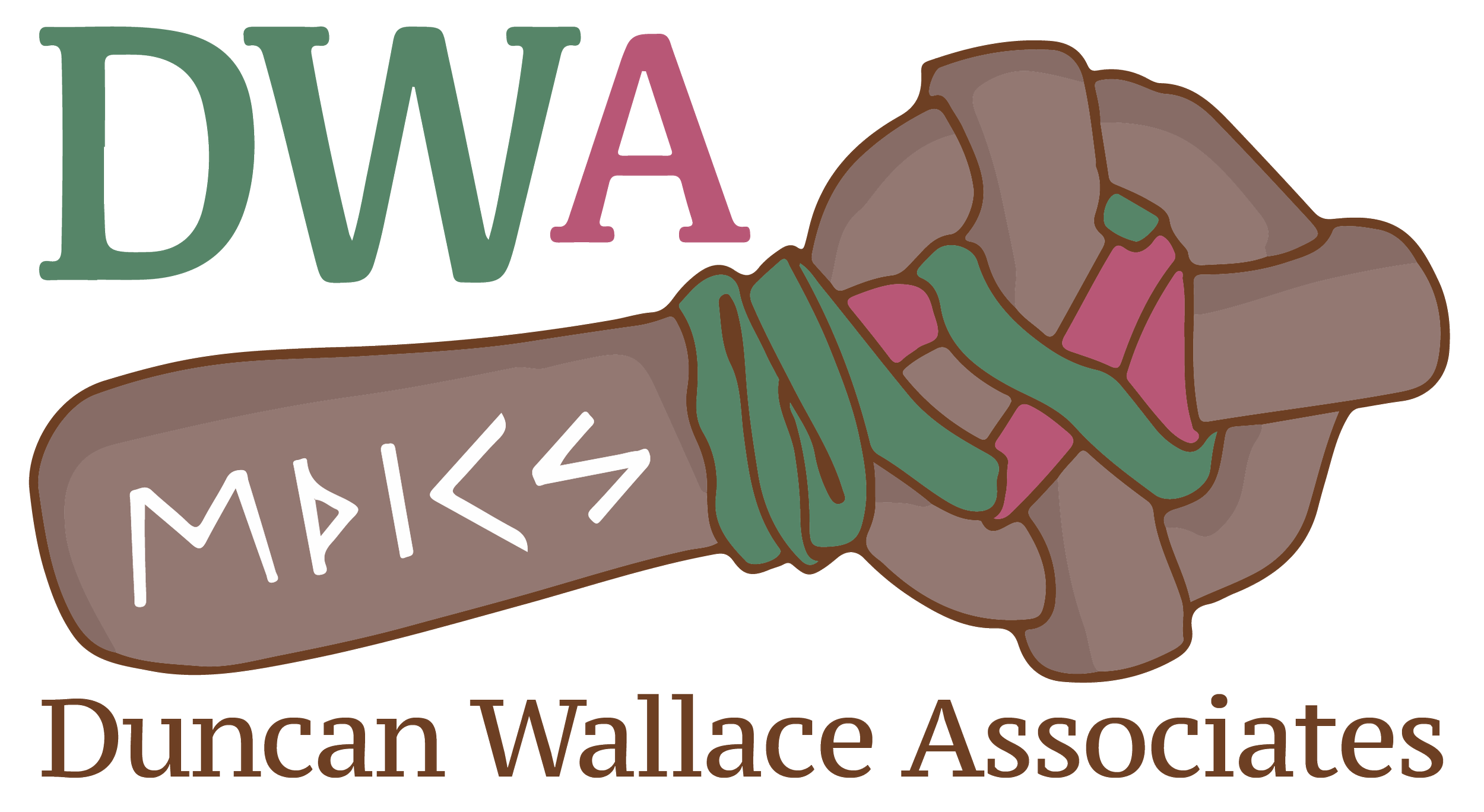Manage time. Harness energy. Lead better.
For any leader, managing workflow can be a constant headache. A normal workload comes with competing demands and various duties, pulling you in various directions. We drive ourselves to do it all. Throw in the fact that these are hardly ‘normal’ times – with constant change offering little respite – and the pressure can get too much.
But pushing harder and harder in the quest for peak performance is no use. Efficient strategic leadership means getting the most from your resources, and that includes you. You may be used to managing the workload of others, but it’s just important to do that for yourself too.
Of course, there’s nothing new about taking a strategic or scientific approach to time management. But the approach I’ve developed looks at how you spend both your time and your energy at work – the innovation lies in this side-by-side comparison.
As with any audit, its power of it is all about what you do with the insight it provides. An understanding of where you (or your team, department or organisation) are spending your time and energy comes with the chance to better understand your role, unblock any bottlenecks, streamline your working practices and prioritise your tasks. In other words, to lead better.
Click for larger image
I created the Time and Energy Auditing tool when I was working with leaders in hospices, who often had to deal with death as part of their roles. I was curious about how this impacted their energy levels, so I developed the tool to help them unpick and unpack the issues hindering their workflow
It proved to be so useful that I went on to harness it in a range of other sectors and settings. Many years on, I now teach leaders how to use it, as part of supervision courses, coaching and mentoring programmes.
Because, while the issues facing hospice leaders may be different from the things we face in our working lives, the fundamental risk is the same: driving so hard we burn out. So, whatever your role or sector, it’s vital that we manage the high-energy and low-energy aspects of our work, balancing our performance.
It’s a relatively straightforward process. You break down your normal work activities into around seven categories – attending board meetings, team management, etc. Then against each of these categories you estimate both the time you spend on it and the amount of energy it involves. While I recommend you start with coloured pencils, I’ve also created a spreadsheet you can use. Of course, while time is easier to measure, energy can be quite subjective. You can either estimate how much a task drains you, or how much it enthuses you – though you need to stick to one principle.
Of course, there will always be imbalance between the time and energy that any task takes. This exercise will open your eyes to the tasks which deserve more of your time and attention (or otherwise), while also offering the insights to help you balance out the high-energy and low-energy tasks.
And, while this is a valuable approach for the individual, it’s also useful for teams. It can help you realise which tasks are being done by the wrong people, as some might be able to tackle issues with less energy.
The process doesn’t end there. With the insight and understanding you generate, the next step is about managing those tasks to achieve a better workflow – whether for yourself or your organisation. To do that, you can harness the five D’s:
Do it – whether a high priority or an unavoidable chore, you just need to get it done.
Delegate – some tasks will be a better fit for others, taking less energy and causing less stress. Give it to them.
Delay – put off the high-energy tasks, ensuring you don’t take on too many within the same day, week, etc.
Delete – is the task truly necessary? If not, the solution is easy.
Deny – it may go against the grain, but it can actually be more productive in the long run to simply ignore some things for now. Simply put them out of mind and move on.
I’ve helped countless people harness this approach, whether through leadership development programmes or my own coaching practice. And I’ve seen the results it can offer people in all sorts of sectors and settings.
In the right hands, my time and energy audit can genuinely transform the way you work – helping leaders manage their precious resources and be more strategic (as I’ve touched on before).
If you’d like to hear more about how to conduct the audit for you or your team, email me. I’ve been leading workshops on a regular basis. I can offer some interesting context on how and why this matters, with PDFs on wellbeing in the clergy and factors involved in clergy burnout.


